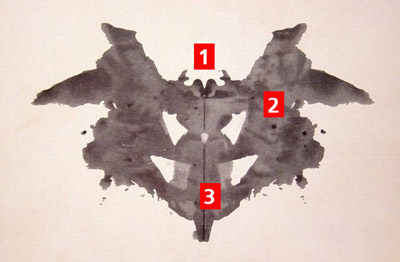‘There is another world, and it is inside this one.’ –Paul Éluard

The need for closure is an individual’s motivation to find an answer to a question and the degree to which they can tolerate the uncertainty of not knowing an answer to the question. People high in need for closure see the world as black or white, and strive for quick resolutions to problems. They are fearful of not knowing. People low in the need for closure are more tolerant of uncertainty, though all humans have a basic need for certainty and predictability.
One of the major themes to David DiSalvo’s “What Makes Your Brain Happy and Why You Should Do the Opposite” is that although our brain craves certainty, oftentimes things are not as they seem. He advocates taking more time and being aware of our evolutionarily hard-wired cognitive processes and their strengths and limitations.
People have the basic need to feel that they are right, or certain, in their evaluation of the environment. This certainty can be accomplished by seeking out information in only a small segment of the environment; this tendency is called the selectivity bias. Rather than considering all the available information, people pick and choose to what they attend. When we selectively attend to information that confirms what we already believe, we fall prey to the confirmation bias. If information that could potentially discredit a belief is ignored, the person can maintain that their beliefs are correct.
[…]
We live in the present. We may think that we are future-oriented but the research on discounting the future tells otherwise. Humans evolved to desire immediate awards and avoid immediate threats, so it can be difficult to place ourselves into the future and determine what our lives will be like then.
photo { Asger Ladefoged }






















